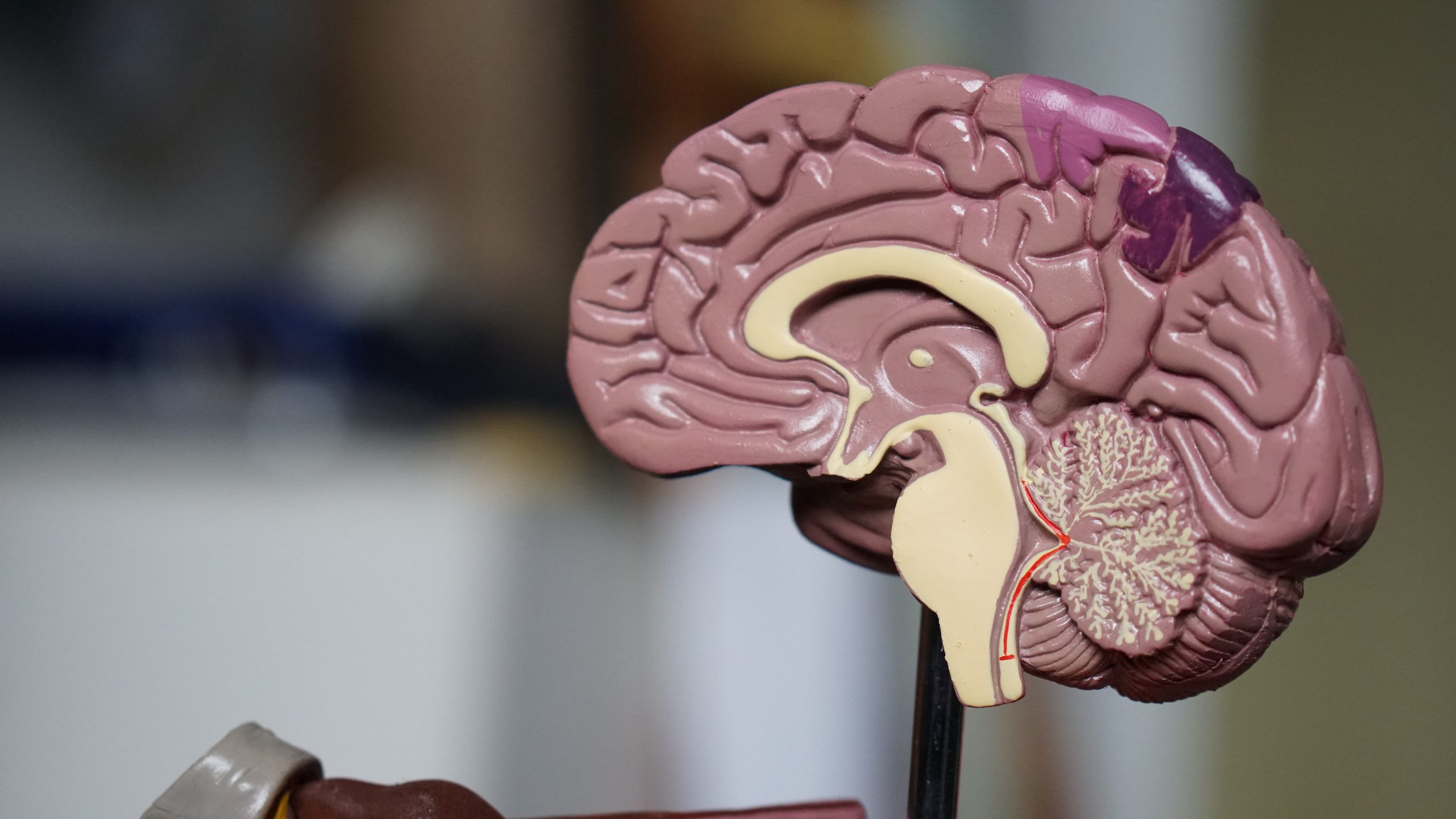Stroke is the third leading cause of death in Canada, following heart disease and cancer. Canadians suffer more than 50,000 strokes a year. Strokes are also the primary cause of physical disabilities amongst Canadians.
Physicians routinely fail to timely diagnose strokes. According to a 2017 study of American patients presenting with stroke symptoms at emergency departments, approximately 9% of patients who presented with stroke suffered initial misdiagnosis. Those that were misdiagnosed primarily presented with mild or non-specific neurological complaints.
One of the challenges doctors face is that strokes affect the brain causing patients to lose the ability to clearly and accurately communicate their symptoms. Doctors must rely on their knowledge, skills of observation and experience to recognize when a patient is having a stroke.
WHAT IS A STROKE?
A stroke occurs when blood flow to the brain is interrupted or severely reduced. Within minutes of being deprived of oxygen brain cells begin to die and brain tissue can die within a few hours when not receiving a proper supply of oxygenated blood. As brain tissue dies, the brain begins to lose its function and may not recover.
Common symptoms of stroke include numbness or tingling on only one side of the body, trouble speaking, vision and balance problems, confusion and severe headaches. Although the symptoms occur suddenly, the subsequent complications can persist and permanently impact one’s quality of life.
Typically, a doctor treats a stroke patient by ordering a CT scan or MRI to deduce whether or not a stroke occurred and determine what type of stroke it is.
There are three main types of strokes: ischemic strokes, hemorrhagic strokes and transient ischemic attacks.
Ischemic strokes (also known as clot strokes) are the most common and occur when blood flow through the artery to the brain becomes blocked. The first three to four hours are critical when the patient first experiences signs and symptoms until the results become severe and irreversible.
Hemorrhagic strokes (also known as bleeding strokes) occur when an artery in the brain leaks blood or ruptures and puts pressure on brain cells. This type of stroke can cause severe headaches and may be treated surgically if diagnosed immediately.
Transient ischemic attacks (also known as min-strokes) occur when blood flow to the brain is blocked for no more than 5 minutes. These types of attacks are warning signs of a future stroke. Treating transient ischemic attacks can lower the risk of a major stroke.
MISDIAGNOSING STROKES CAN HAVE DIRE CONSEQUENCES
Research shows that earlier diagnosis and treatment of a stroke can lead to better outcomes. If a patient is experiencing numbness or other stroke symptoms and his/her doctor fails to implement a proper stroke protocol, resulting in death or serious injury, this negligence may be the basis to file a lawsuit for medical malpractice.
There are a number of conditions that may present as a stroke, which include brain tumors, seizures and hypoglycemia. As these conditions have symptoms that may resemble stroke symptoms, it is imperative that health professionals are able to discern a stroke from another illness. Failing to properly diagnose a stroke patient may lead to permanent brain damage or even death.
An accurate diagnosis and prompt treatment are essential to reducing the long-term effects of a stroke. However, this does not always occur and medical malpractice can occur if errors are committed by medical providers, such as:
- Laboratory errors;
- Improper reading of tests;
- Failure to consult neurological specialists in a timely manner;
- Delays in performing testing for stroke and treatment of stroke;
- Delayed diagnosis, misdiagnosis or failure to diagnose stroke;
- Failure to perform a thorough physical examination;
- Failure to order vital tests in a timely manner to identify a blockage; and
- Failure to consider stroke in younger or seemingly healthy patients.
Not all cases of misdiagnosis are medical malpractice. Medical professionals are not to be held to a standard of perfection. The question is whether another reasonable doctor presented with the same information and circumstances would have made the correct diagnosis. If this is the case, then the physician who failed to make the stroke diagnosis may be liable for medical malpractice.
WHAT ARE THE WARNING SIGNS OF A STROKE?
The symptoms of a stroke are unique because they occur suddenly and without warning. The following are some of the warning signs of a stroke:
- Arm weakness;
- Sudden trouble seeing in one or both eyes;
- Sudden confusion, trouble speaking or understanding speech;
- Sudden numbness or weakness of face, arm or leg, especially on one side of the body;
- Sudden trouble walking, dizziness, loss of balance or co-ordination;
- Sudden severe headache and neck pain with no known cause; and/or
- Slurred speech.
If you notice any of these symptoms in yourself or a loved one, seek medical attention immediately. Early treatment can help improve the chances of full recovery. You should also specifically request that the doctor evaluate the possibility of a stroke.
If you or a loved one have experienced serious injury or death which may have been due to the failure to prevent stroke or failure to timely diagnose or treat stroke, you may be entitled to compensation.
It is in your best interest to promptly hire a skilled and experienced law firm to guide you through the litigation process and answer any questions that you may have. Cuming & Gillespie LLP can help evaluate your specific case to determine whether you have a valid medical malpractice claim. Contact our office online or at 403-571-0555 for a free consultation today. We look forward to helping you obtain the compensation that you deserve.

